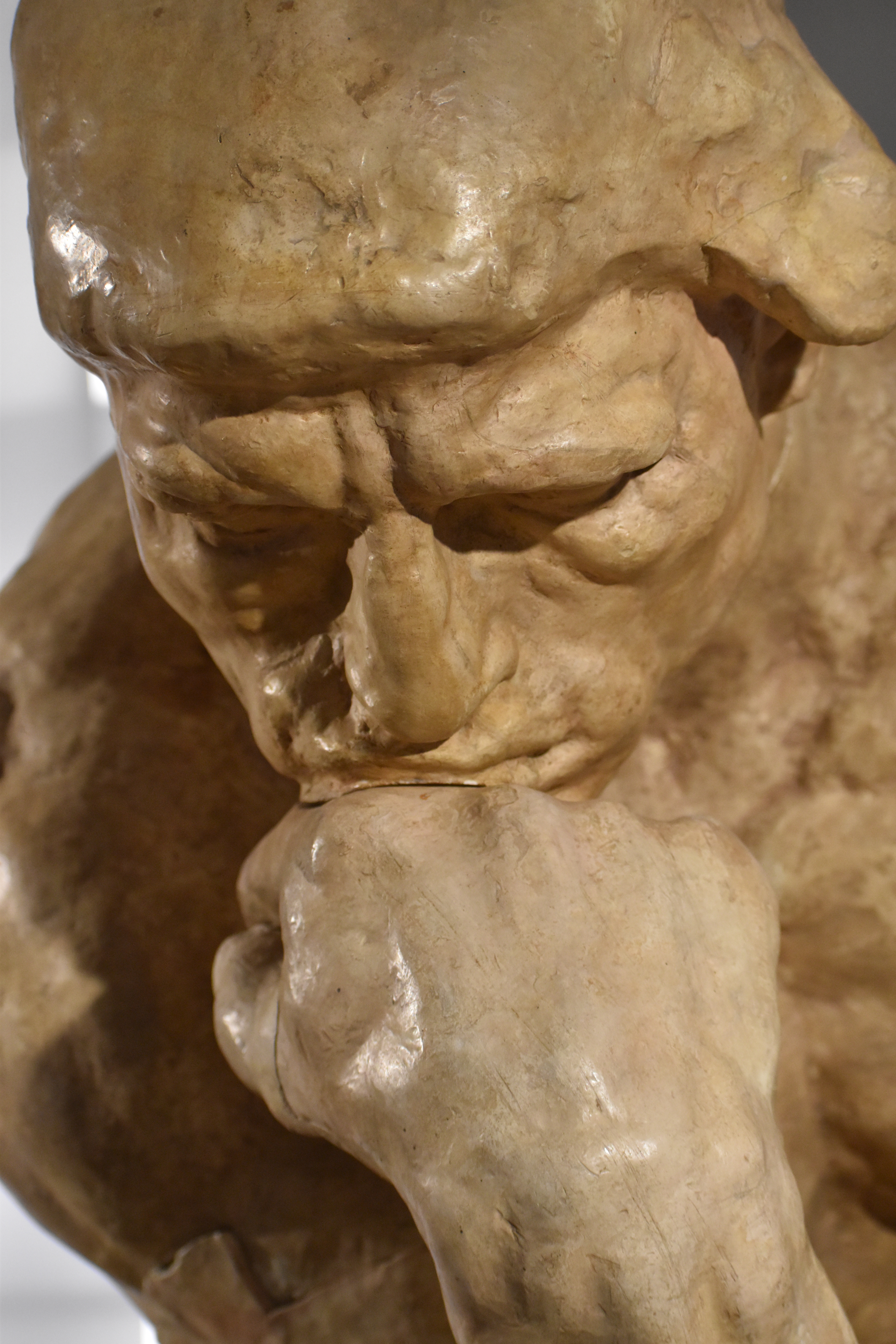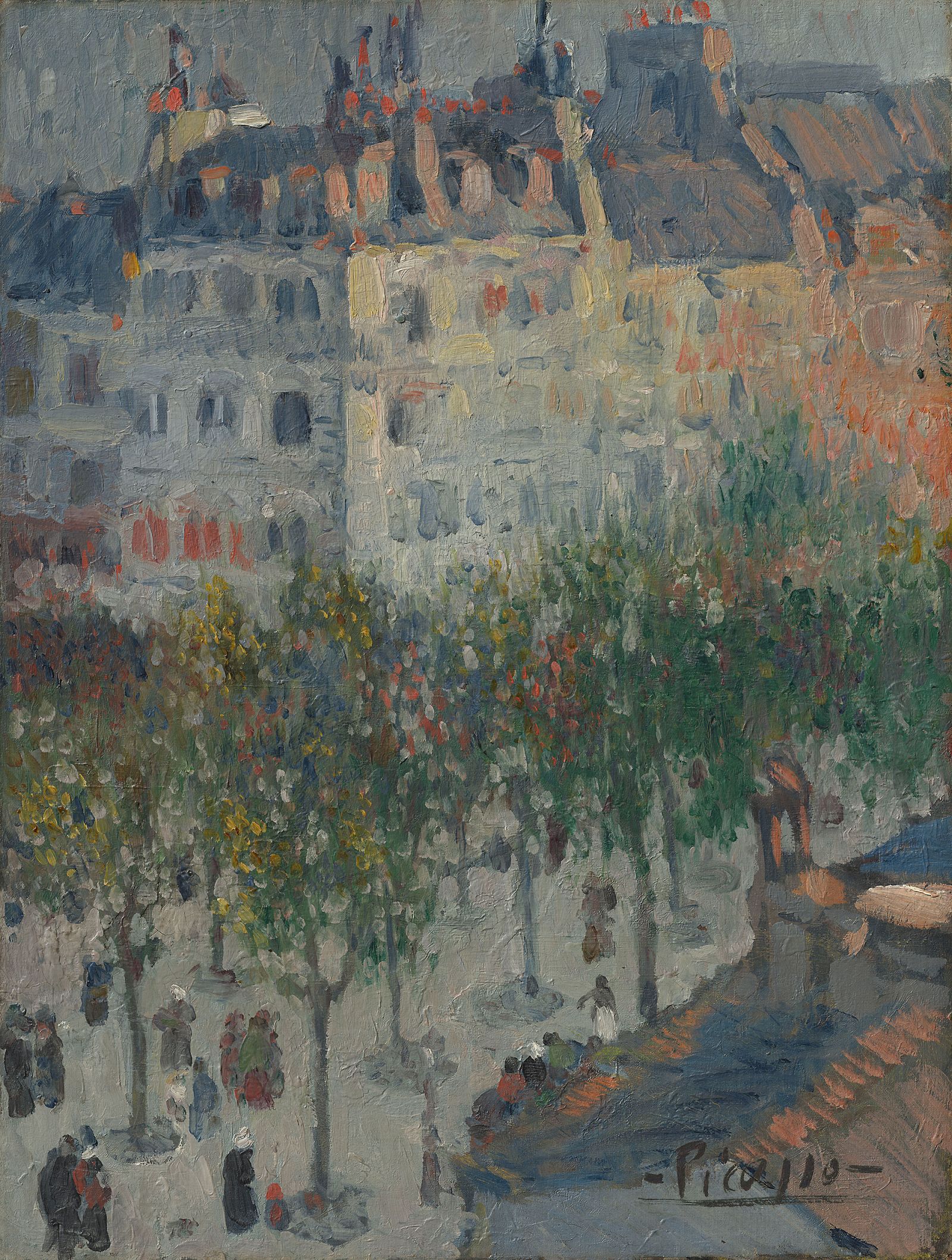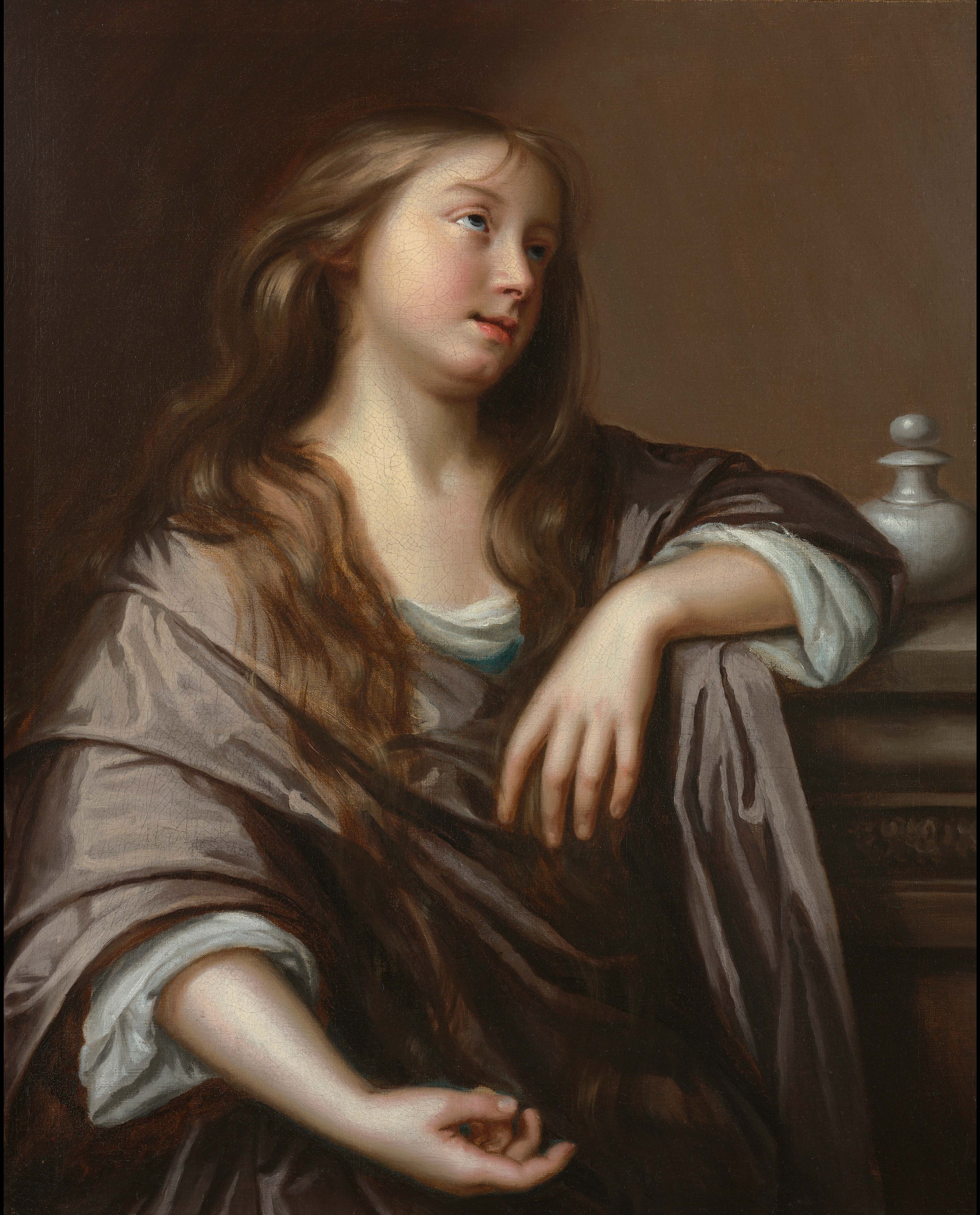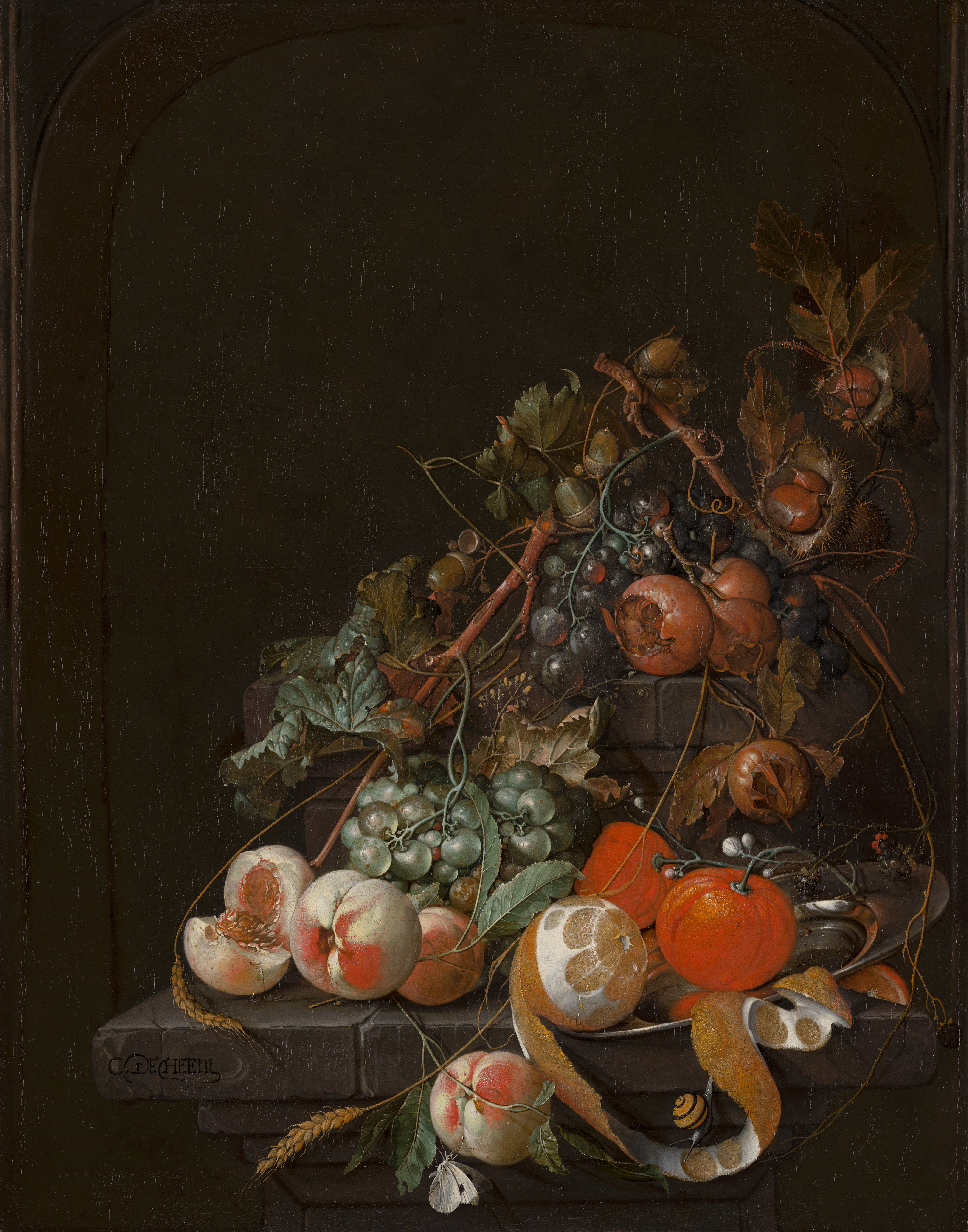• "Il desiderio si esprime attraverso la carezza, come il pensiero attraverso il linguaggio".
• "Desire is expressed by caress, thought by language".
• "All'inizio, l'uomo esiste, si alza e compare sulla scena, solo in seguito definisce se stesso".
• "Quando i ricchi si fanno la guerra, sono i poveri a morire".
• "When the rich make war, it's the poor that die".
Auguste Rodin | The Thinker (detail) | Musee Rodin








